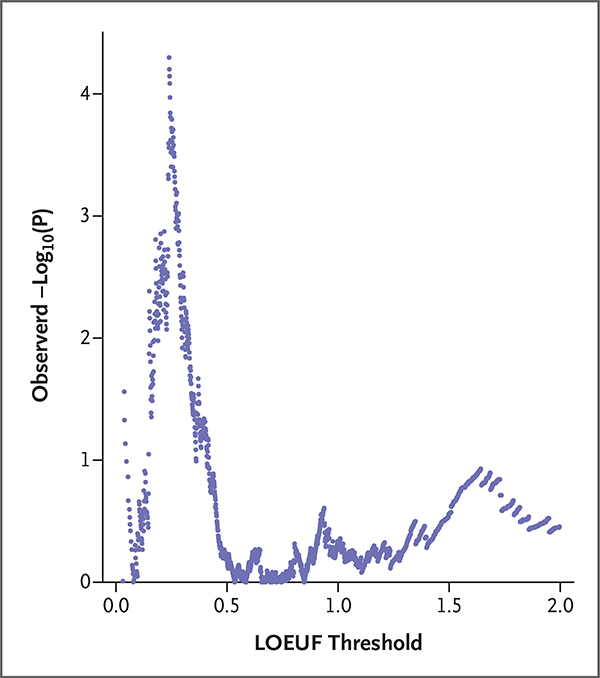Figure 2. Enrichment of Loss-of-Function Variants in Stillbirth Cases, as Compared with Controls.
To explore which genetic variants may be associated with stillbirth, we assigned an LOEUF (loss-of-function observed-to-expected upper boundary fraction) value to all 8081 genes with a loss-of-function variant in 241 case samples and 7239 control samples. The process resulted in 1825 unique LOEUF values. The LOEUF value is the upper boundary of a Poisson-derived confidence interval of the observed-to-expected ratio. A low LOEUF score indicates a depletion of loss-of-function variation (also referred to as “intolerance” to loss-of-function variation). The enrichment of loss-of-function variants was then assessed by comparing the count of variants in cases and controls in each of these 1825-gene groupings. Enrichment was evaluated with the use of a logistic-regression model that evaluated case–control status regarding the presence or absence of a loss-of-function variant in each gene grouping. Enrichment of presumed neutral synonymous variants at each intolerance threshold was used as a covariate to control for differences between case and control genomes that are unrelated to disease risk. The negative log of the enrichment statistic (unadjusted P value) at each LOEUF threshold is shown on the y axis. The x axis reflects the LOEUF threshold for each gene grouping. The minimum observed P value, which indicates the most significant enrichment across all LOEUF thresholds, occurs at a LOEUF threshold of 0.239 or less. The significance of the observed minimum P value was then assessed by permutation (number of permutations, 10,000).

